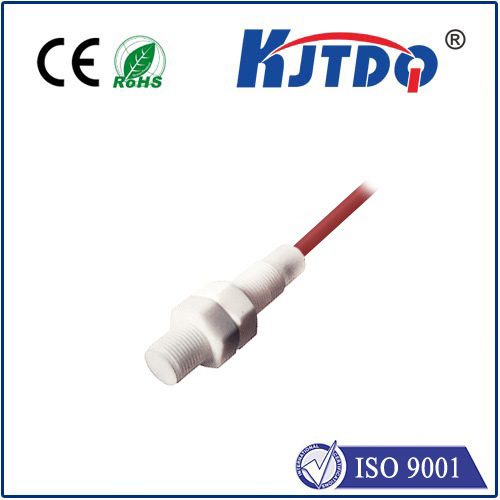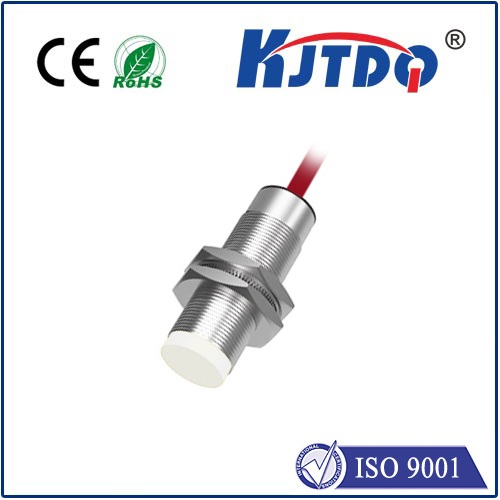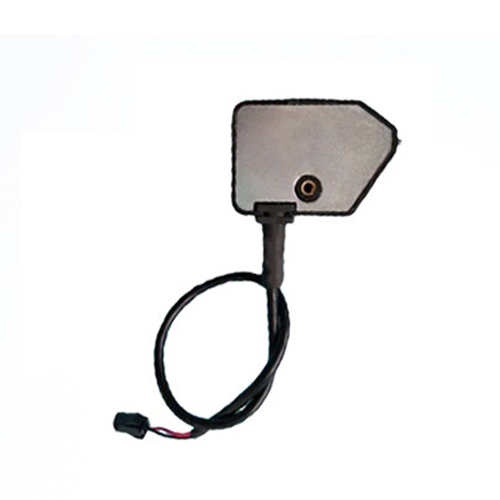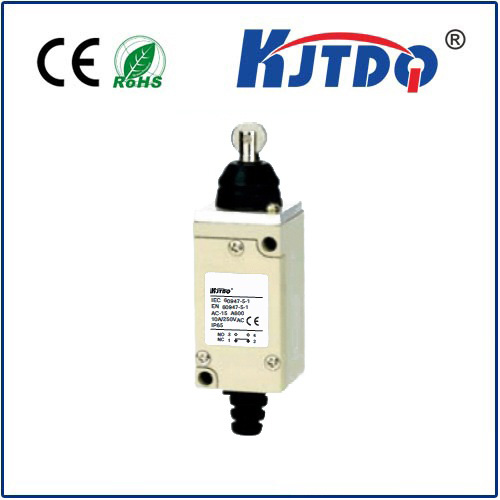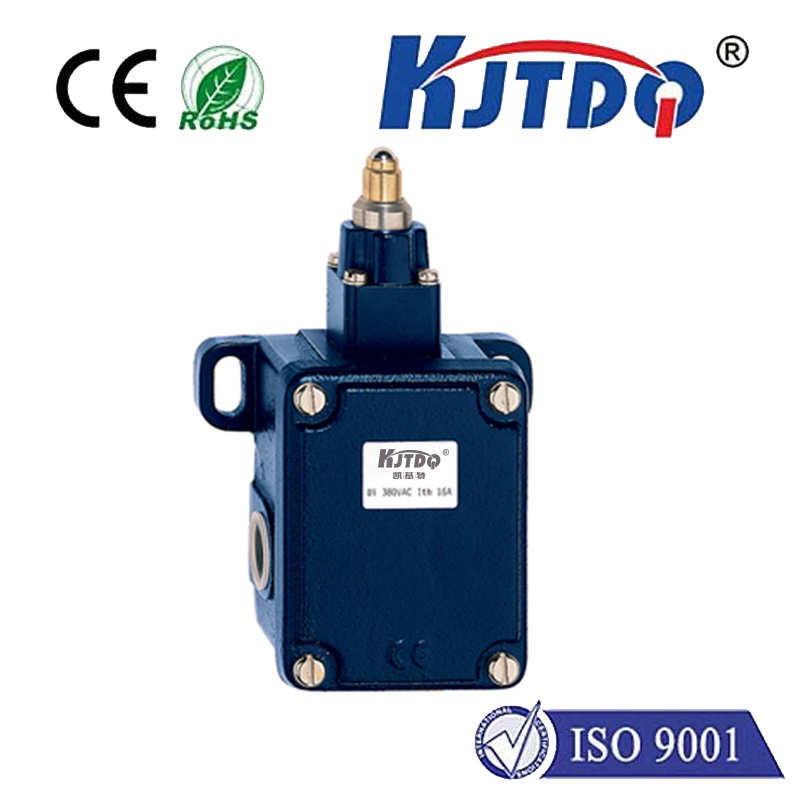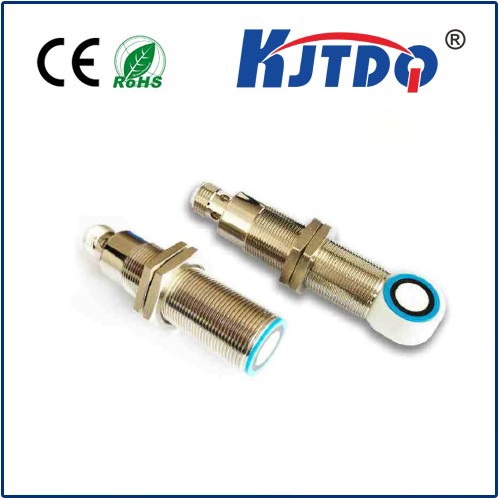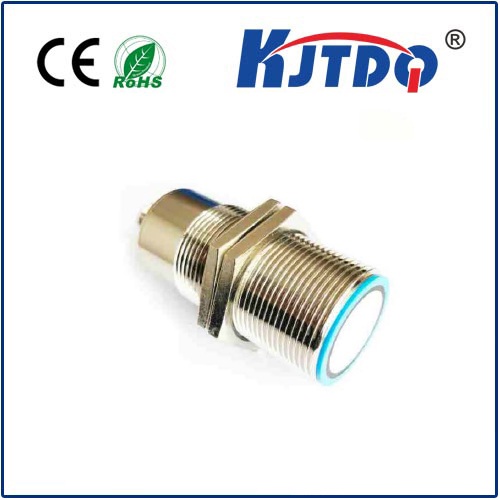laser sensor industrial
- time:2025-09-08 16:58:42
- Click:0
Laser Sensors: The Silent Powerhouses Supercharging Modern Industry
Unlocking Precision: How Laser Sensors Revolutionize Industrial Automation
Imagine a manufacturing line where measurements happen in microseconds, object detection is flawless even in harsh environments, and quality control reaches near-perfect accuracy – all without physical contact. This isn’t science fiction; it’s the reality enabled by industrial laser sensors. These sophisticated devices have become indispensable tools, quietly driving efficiency, safety, and precision across countless sectors, from high-speed packaging to complex robotic assembly and critical infrastructure monitoring.
Laser sensors operate on a remarkably elegant principle: they emit a highly focused beam of laser light and analyze how it interacts with a target. The key technologies underpinning their effectiveness include:
- Time-of-Flight (ToF): Measures the time it takes for a laser pulse to travel to the target and back, calculating distance with high accuracy. Ideal for long-range positioning and level monitoring.
- Triangulation: Uses a laser emitter, a receiver (like a camera sensor), and geometric principles to determine position. Exceptional for precision displacement and thickness measurement at shorter ranges.
- Laser Contrast Sensors: Detect the presence or absence of an object based on the contrast of the reflected laser light against a background. Highly reliable for reliable object detection on high-speed lines.
- LiDAR (Light Detection and Ranging): A more advanced form of ToF, often creating detailed 3D point clouds of environments. Revolutionizing autonomous guided vehicles (AGVs) and robotic bin picking.
Why Industry Chooses Laser Over Alternatives

The surge in adoption of industrial laser sensors isn’t accidental. They offer distinct advantages crucial for demanding automation environments:
- Non-Contact Operation: The laser beam never physically touches the target. This eliminates wear and tear on both the sensor and delicate products, significantly extending operational life and safeguarding fragile items.
- Unmatched Precision and Speed: Laser sensors deliver micron-level accuracy and respond in milliseconds. This high-speed, high-accuracy capability is critical for modern high-throughput manufacturing and precise robotic guidance.
- Performance in Challenging Environments: Unlike many optical sensors, lasers excel where visibility is poor. They function reliably despite dust, smoke, steam, extreme temperatures, and intense ambient light that would cripple other technologies. Their focused beam cuts through visual noise.
- Versatility: From measuring tiny electronic components to monitoring vast silo levels, detecting transparent films to guiding heavy machinery, the range of laser sensor industrial applications is immense.
- Enabling Automation: Laser sensors provide the essential real-time feedback loops required for robotics, automated guided vehicles (AGVs), and complex machinery to operate autonomously and safely.
Key Applications Reshaping Industry
The impact of laser sensors is felt across virtually every industrial domain:
- Positioning & Displacement Measurement: Accurately measuring the distance, height, or thickness of objects on assembly lines, in machining centers, or during inspection. Ensuring components fit perfectly every time.
- Precision Object Detection & Counting: Reliably detecting the presence, absence, or precise position of objects – whether opaque, shiny, transparent, or oddly shaped – on high-speed conveyors for counting, sorting, and triggering processes. Crucial for zero-defect goals.
- Dimensional Gauging & Quality Control: Measuring critical dimensions (diameter, width, height, gap) of parts in real-time with extreme accuracy. Instantaneously identifying production deviations before they become costly defects.
- Level Monitoring: Continuous or point level detection of bulk solids or liquids in silos, tanks, and hoppers. Preventing overfills, run-dry conditions, and optimizing inventory management.
- Robotics & AGV Guidance: Providing precise location data for robotic arms in pick-and-place, welding, and assembly tasks. Guiding AGVs safely through dynamic factory floors using LiDAR for obstacle avoidance and navigation. The eyes of autonomous systems.
- Web Guiding & Edge Detection: Ensuring continuous materials (paper, film, fabric, metal) run straight through processing equipment by detecting precise edge positions. Minimizing waste and ensuring consistent product quality.
Selecting the Right Laser Sensor
With the wide variety available, choosing the optimal industrial laser sensor depends on specific needs:
- Measurement Task: Distance? Thickness? Presence? Dimension? This dictates the technology (ToF, Triangulation, Contrast).
- Range & Precision Requirements: How far is the target? What level of accuracy is critical?
- Target Properties: Surface color, reflectivity, material (metal, plastic, glass, transparent)? Surface texture (matte, shiny)?
- Environmental Conditions: Temperature extremes? Dust, fog, steam? Vibrations? Intense ambient light?
- Output Needs: Analog output (4-20mA, 0-10V)? Digital I/O? Fieldbus communication (EtherNet/IP, PROFINET, IO-Link)? IO-Link is increasingly vital for smart sensor integration.
- Beam Type/Shape: Fine point beam for precision? Line laser for profile measurement? Supported beam types vary by model.
The Future: Intelligence and Integration
The evolution of laser sensor industrial technology continues apace. Key trends include:
- Integration with IIoT (Industrial Internet of Things): Sensors becoming smart data nodes, transmitting rich diagnostic information and process data via IO-Link or Ethernet for predictive maintenance and process optimization.
- Enhanced Vision Capabilities: Combining laser measurement with integrated cameras for more complex inspection tasks, merging dimensional data with visual defects.
- Miniaturization: Smaller, more compact sensors fitting into tighter spaces on increasingly dense machinery.
- AI-driven Data Analysis: Utilizing machine learning algorithms to interpret complex laser measurement data for more sophisticated quality assessment and anomaly detection.
- Improved Affordability: Advanced capabilities becoming accessible for a broader range of applications.
Integrating laser sensors is no longer a luxury but a necessity for industries striving to compete through automation, quality, and efficiency. Their ability to deliver highly accurate, reliable, and non-contact measurements in the most challenging conditions makes them the silent powerhouses underpinning the next generation of smart factories and advanced manufacturing. As technology advances, their role in sensing, guiding, measuring, and ensuring quality will only become more profound, driving productivity and innovation forward.







